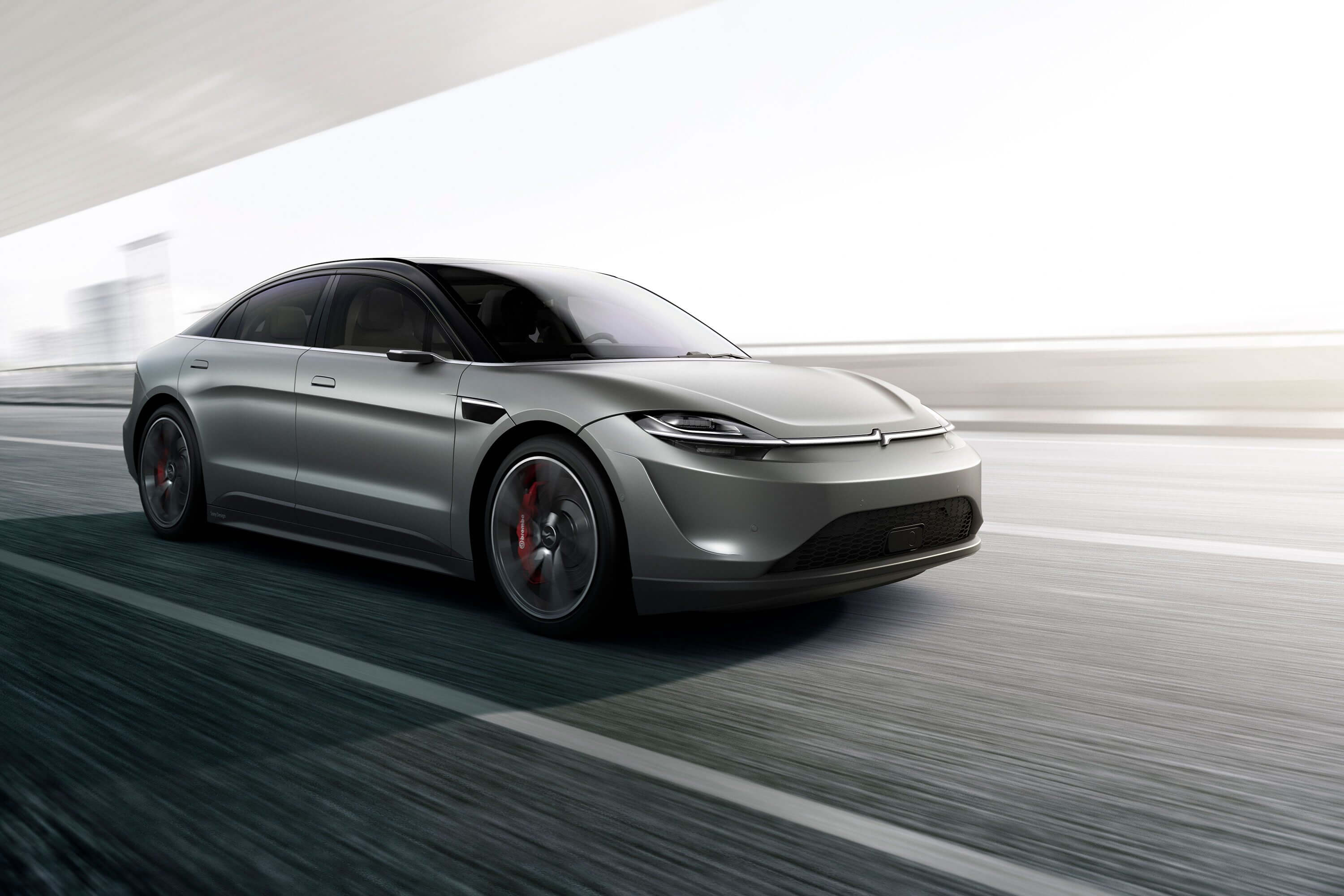What just happened? Sony driving its electric car on-stage probably makes for the biggest surprise reveal of CES. Called the Vision-S Prototype, the concept car isn't meant to turn Sony into the next big EV maker, rather serve as a testbed for showcasing automotive technologies that leverage the company's expertise in imaging, sensors and entertainment products.
Sony doesn't plan on selling electric cars anytime soon, but the company's first effort with the Vision-S concept certainly looks promising. Focused on the evolution of safety, adaptability, and entertainment in cars of the future, Sony partnered with several heavyweights in the auto industry to come up with its connected car platform, demonstrating it in a car built by the same team that put together Sony's cutesy Aibo robot dog.
Codenamed 'Safety Cocoon,' the technology on-board the EV consists of over 30 sensors for making the car aware of its surroundings. These include CMOS image sensors, solid-state LiDAR and Time of Flight (ToF) sensors for detecting vehicles, objects and people, enabling day/night time vision and providing driving support with up to Level 2 autonomous capability.

The car's exterior has hints of Tesla and Lucid Motors around the sides and rear, while the front looks to be inspired by the Porsche Taycan. In terms of propulsion, the Vision-S is powered by a dual-motor setup making a combined 400kW (536hp) through an all-wheel-drive system, enabling it to reach 0-62mph in 4.8 seconds with a top speed of 149mph.
Range figures are likely out of the question since the car won't be going into production, though Sony says it did a full road test of the Vision-S to ensure that the car and its tech comply with safety regulations.

The EV platform underpinning the Vision-S is built by Magna, a Canadian manufacturer with notable clients like GM, Ford, and Tesla. Meanwhile, Sony also partnered with Bosch, Blackberry, Continental, Nvidia, and Qualcomm for other components of the car.

The cabin features Sony's 360 Reality Audio that puts a speaker in each of the four seats with object-based spatial audio for an immersive listening experience. There's also a panoramic widescreen across the entire dashboard and two touchscreens for rear passengers.
In terms of adaptability, Sony's "software-oriented design" is meant to provide over-the-air updates, a personalized user interface for each driver and a flexible automotive platform that can also be used with SUVs and vans.
"This prototype embodies our contribution to the future of mobility," said Sony CEO Kenichiro Yoshida, adding that its evolution would also redefine cars as a new entertainment space.
